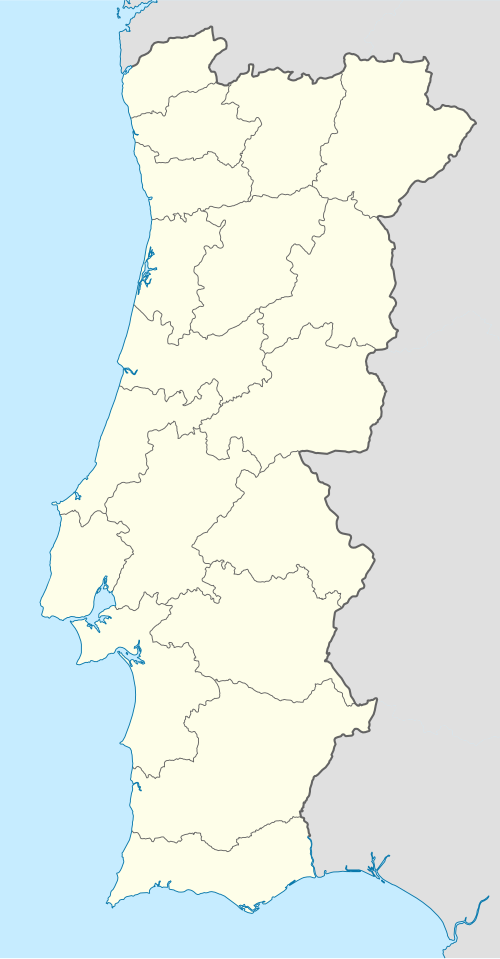Administrative divisions

During the era of Augustus, the Iberian Peninsula was divided into the provinces of Lusitania, Baetica, and Tarraconensis. [3] These provinces were further subdivided into conventūs . [4] The province of Lusitania was divided into the conventūs of Augusta Emerita (modern-day Mérida, in Spain), Pax Julia (Beja, Portugal), and Scalabis (Santarém, Portugal). [4] However, Roman cities held more significance than conventūs in the Peninsula. [3]
The primary types of Roman cities were the coloniae (Roman settlements established by order of the Roman government) and the municipia (settlements that typically existed before Romanization). [3] In the Iberian Peninsula, the terms municipia and civitātes are used interchangeably. [3]
In 73/74 CE, the lex Flavia municipalis enacted by Vespasian granted all urban centres in modern-day Portugal Latin rights, and over time, the distinction between urban centres (including municipia and coloniae) lessened following this law. [3] Everyday administration was carried out by aediles, qaestores and duumviri , who communicated with the imperial government. [3]
Villae were settlements engaged in producing agricultural goods for local markets, encompassing multiple buildings such as residential houses, barns, and gardens. [4] In Lusitania, most villae were situated around a few cities (Olisipo, Ebora Liberalitas Julia, and Augusta Emerita) or dispersed along the southern coast. [4]
